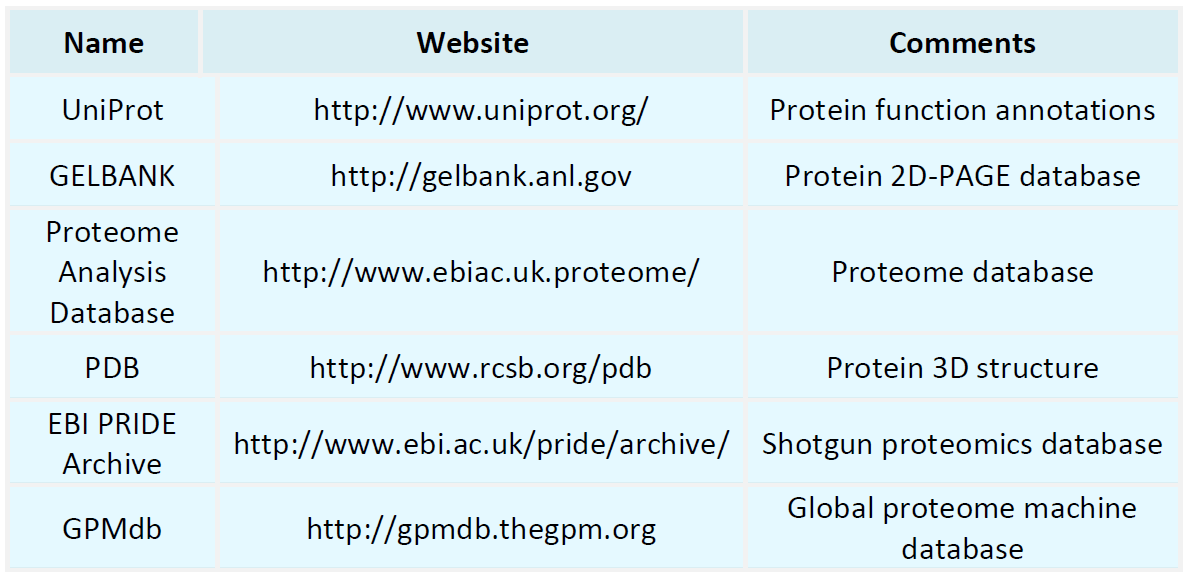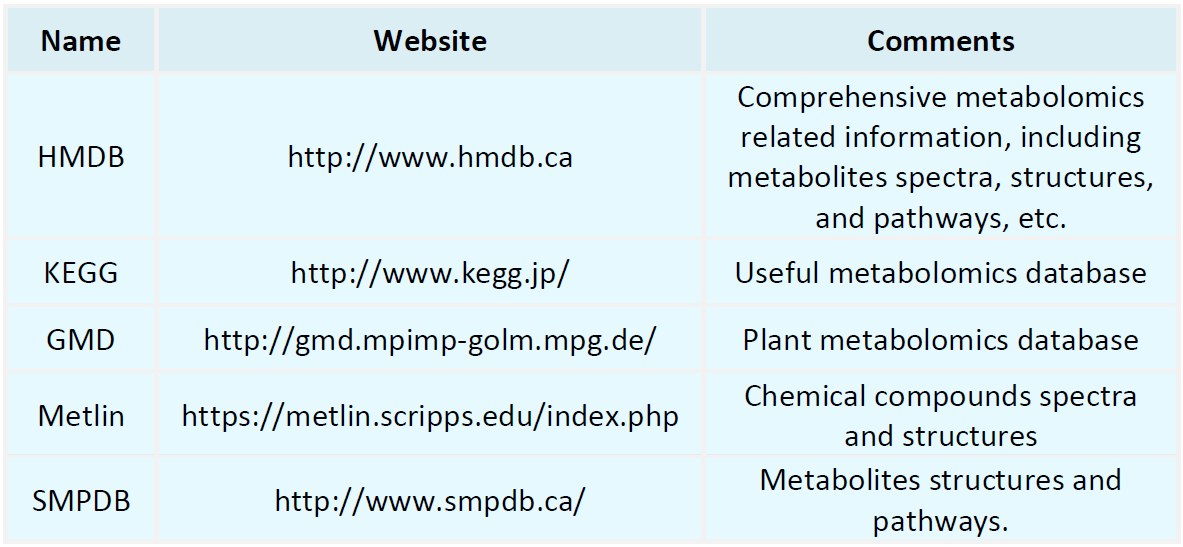Resources
Proteomics Databases

Metabolomics Databases

-
• Unraveling Protein Conformation Through Circular Dichroism Spectroscopy
Revealing the protein conformation is of great significance for understanding biological processes, drug development, and disease treatment. In the field of protein structure, circular dichroism spectroscopy is a commonly used and powerful tool that provides crucial information about protein conformation by measuring the protein's absorption of circularly polarized light.
-
• Bioinformatics Analysis of Protein Sequencing
Bioinformatics analysis of protein sequencing is an important tool to explore life processes. By analyzing protein composition, structure and function information, hidden rules in biological systems can be revealed. With the continuous development of technology and the improvement of methods, bioinformatics analysis of protein sequencing will play an increasingly important role in life science research and drug development.
-
• The Importance and Common Methods of Protein Quantification Analysis
Protein quantification is crucial for understanding biological processes, studying disease mechanisms, and drug development, as proteins are important functional molecules in organisms. Selecting appropriate protein quantification methods and optimizing them are key steps to ensure accurate and reliable results.
-
• Revealing the Biological Functions of Carbohydrates Through Polysaccharideomics
Polysaccharideomics is an important research field focused on the study of polysaccharides, which play a crucial role in biological systems. Traditionally, researchers have primarily focused on proteins and nucleic acids, paying less attention to carbohydrates. However, with the rise of polysaccharideomics, we have gradually realized the significance of carbohydrates in cell signaling, disease occurrence, and drug development.
-
• The Role of Circular Dichroism in Determining Protein Secondary Structure
Understanding the secondary structure of proteins is crucial for unraveling their functions and properties. In the field of protein structure in biopharmaceuticals, circular dichroism spectroscopy is widely used to determine protein secondary structure and plays a key role in unraveling the folding mysteries of proteins.
-
• Protein Mass Spectrometry Quantification: Revealing a Complete Picture of Protein Expression
Proteins are among the most important molecules in biological systems for their diversity and functionality. To understand the regulatory mechanisms and functional features of biological systems, it is critical to reveal the full picture of protein expression. Protein mass spectrometry quantification can quantitatively analyze abundance changes in large-scale protein samples, thereby providing comprehensive information about protein expression. Importance of Protein MS Quantification 1. Understandin......
-
• Differential Protein Analysis Promoting New Drug Development
Differential protein analysis has become a powerful tool for better understanding the molecular mechanisms of disease development and discovering effective therapeutic targets.
-
• Applications and Innovations in Oligosaccharide Analysis Techniques
Oligosaccharides, as an important class of bioactive molecules, play a crucial role in the field of biopharmaceuticals. With advancements in technology and scientific development, breakthroughs have been made in oligosaccharide analysis techniques, opening up new avenues for a deeper understanding of their characteristics and applications.
-
• Does the Low-Purity Protein Identification Affect the Accuracy of Research Results?
Protein identification is an important aspect in biological and biomedical research, as it helps scientists understand the structure, function, and disease-related mechanisms of proteins. However, low purity of proteins during identification can impact the accuracy of results.
-
• Commonly Used Methods for Protein Differential Analysis
Proteins are an essential part of living organisms, playing a pivotal role in the regulation and function of life processes. In biomedical research and drug development, protein differential analysis is crucial for revealing disease mechanisms and discovering new treatment targets.
How to order?







